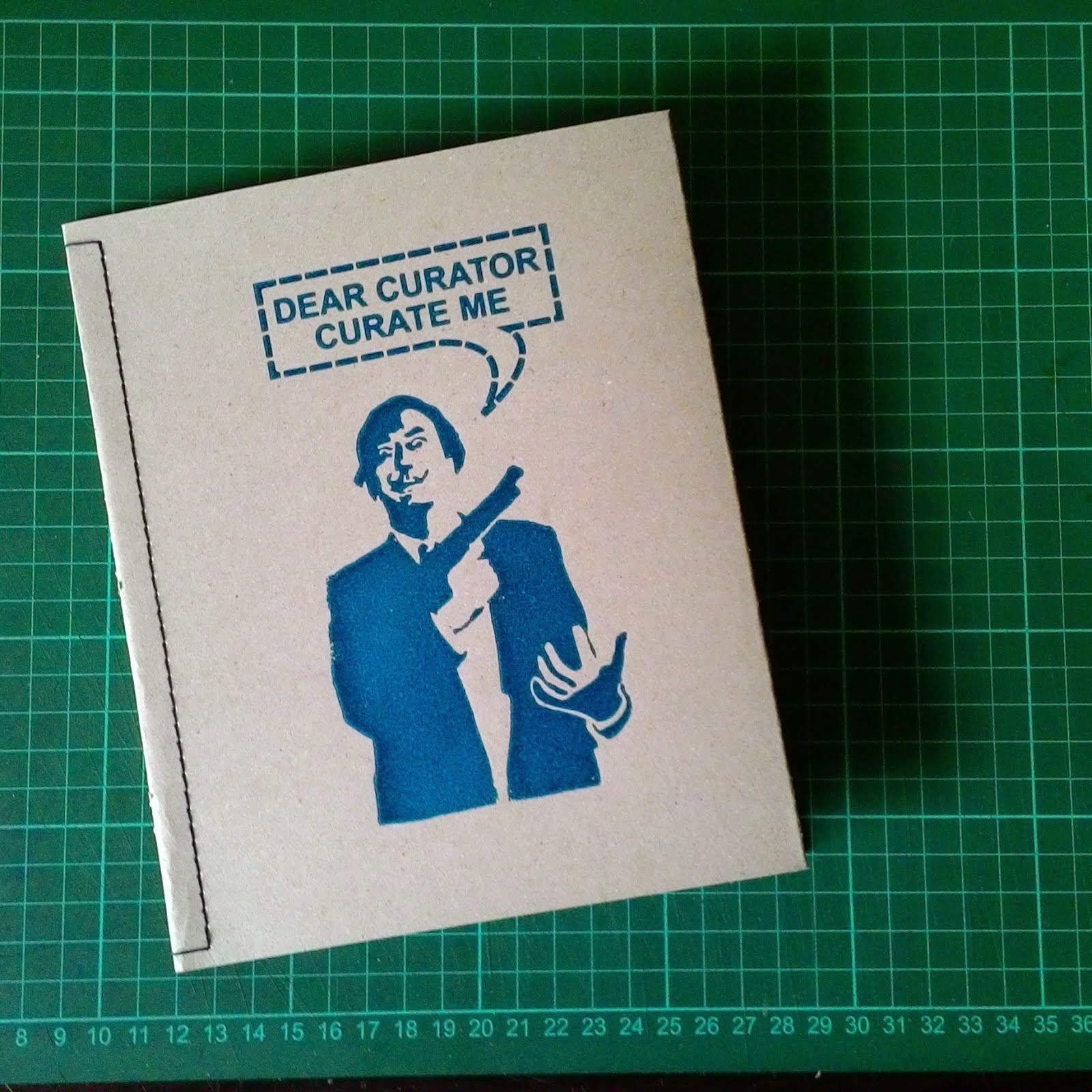Yeung Yang writes: “To take care of the [art]works is also to take care of their public life. […] The public life of works of art always already intersects with the public lives of other things, processes, people, and events, as well as ideas, dreams, fears and hopes (Yeung Yang, “To curate is to take care of,” in Who Cares? 16 Essays on Curating in Asia, eds. Alvaro Rodriquez Fominaya and Michael Lee, p.13).” Magnus Renfrew writes in the same book: “An important role of the contemporary art curator today is to draw attention to what is important to preserve for tomorrow (“What is the new in curating today,” p142).” And, in conclusion, June Yap, writes in this book: “Curating for the future is necessarily a framing of the present […] (“Zero Gravity – Nothings Seems to Have Changed, But Everything is Different,” p.154).”















